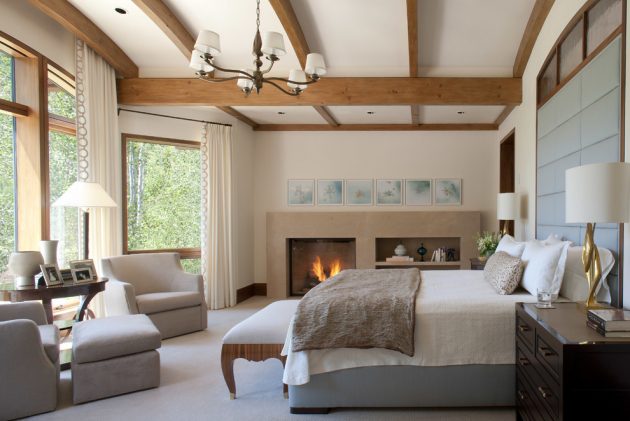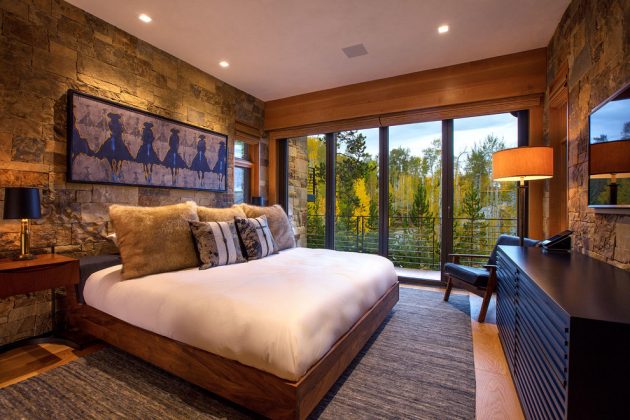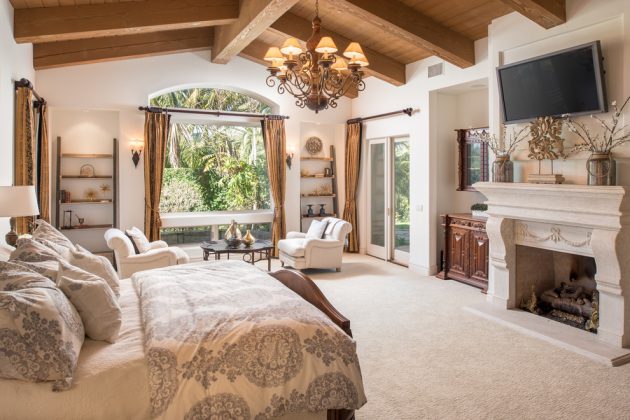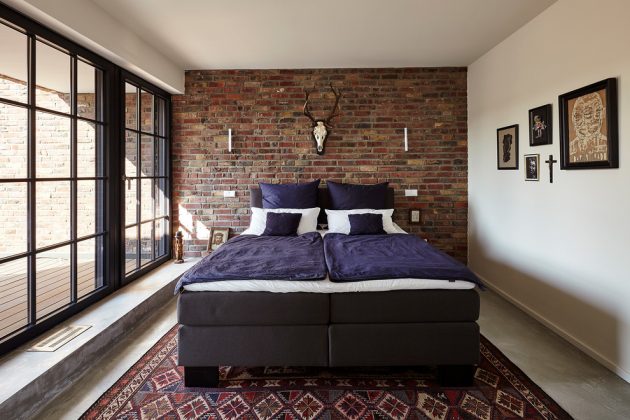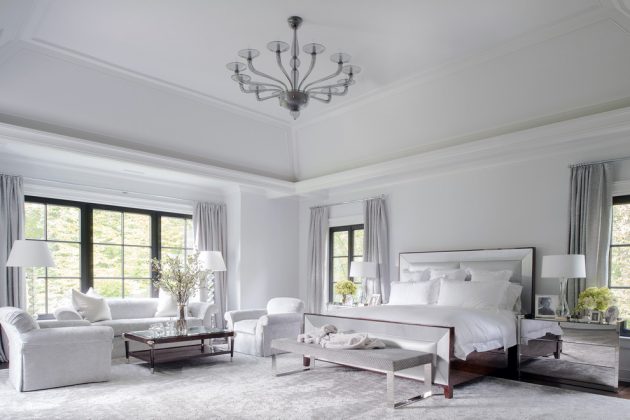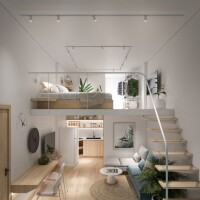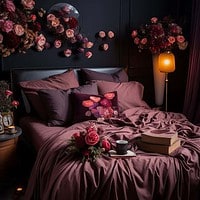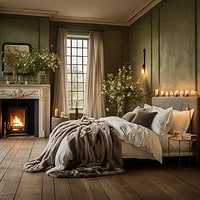Rooms have purposes. Despite the added variety many have imposed on it, bedrooms are intended for sleep.
If you repurpose your bedroom with its main objective in mind, you can improve your quality of sleep and enjoy a healthier and happier life.
Try These Five Design Tips
According to research conducted by Consumer Reports, 27 percent of American adults say they have trouble falling asleep or staying asleep most nights. An astounding 68 percent report they struggle with sleep at least once a week.
While there are a number of potential culprits behind sleep problems – many of which can be biological and/or health-related – a poor sleep environment is a major factor. If you’ve never thought about this seriously, you might want to take a look at your bedroom’s design.
Here are a few tips to help you make your bedroom more conducive to quality slumber.
1. Keep Out the Light
One of the single most important conditions needed for quality sleep is sufficient darkness. Unfortunately, the world we live in is full of extra light.
From streetlights outside the window to alarm clock faces, TVs, and other digital devices inside, the average bedroom doesn’t do a good job of encouraging sleep. The best thing you can do is remove such sources of light from the room and install blackout curtains over the windows.
It’s also smart to take away or cover mirrors, because they can refract and amplify any light that gets in.
2. Ensure a Comfortable Air Temperature
“According to 52 percent of millennials and 44 percent of baby boomers, feeling too hot or too cold kept them up at night,” Amerisleep reports. “Your core body temperature (regulated by your circadian rhythm) has a lot to do with your sleep cycle, and not being able to find the right balance can lead to difficulty falling or staying asleep.”
A bedroom should have proper insulation and adequate airflow to ensure an even temperature throughout the night. It’s also smart to think about the mattress and bedding you use, because certain materials trap heat more than others.
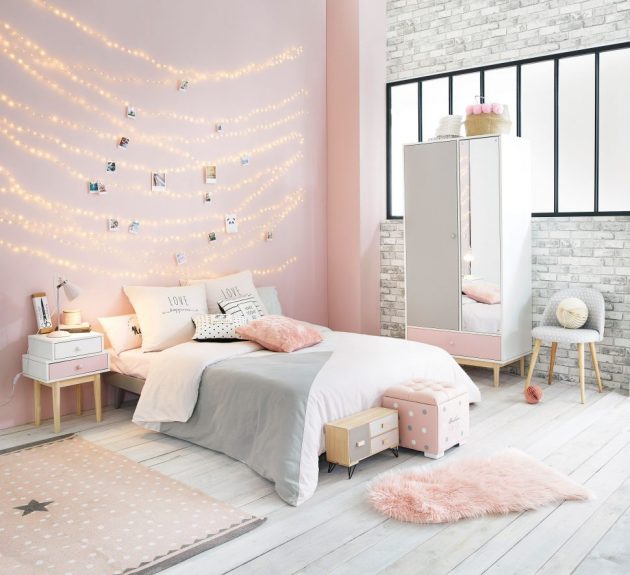
3. Use Soothing Colors
A bedroom is not the place to experiment with trendy color schemes and outlandish patterns. If there’s a location where it pays to be conservative, this would be it.
“Bright, vibrant colors can be fun, but sometimes it’s best not to use them within a bedroom, especially if you have trouble sleeping,” Kimberly Sayers Bartosch writes for The Spruce. “Instead, use calm, soothing colors like muted blues, greens, and pastels, which are more peaceful and calm.”
4. Minimalism Trumps Busyness
Minimalism is a healthy interior design practice, regardless of the room. When it comes to the bedroom, though, it can be particularly healthy and effective.
By eliminating unnecessary design elements and focusing on a few simple pieces, you can avoid distractions and set your mind at ease. This also increases the cleanliness of the room and reduces the unnecessary trapping of allergens (which can also make sleep more of a challenge).
5. Position Your Bed Properly
Did you know that how you orient the bed inside your bedroom can have an impact on your ability to fall asleep? “Placing our bed against a wall where we have a clear view of the door and, if it’s feasible, the window, can make us feel safer and alleviate worry that prevents complete relaxation,” design psychologist Sally Augustin says.
Optimize Your Bedroom for Sleep
The bedroom is intended for sleeping, yet somewhere along the way, we’ve turned it into a multi-functional space where we watch Netflix, surf the web, chat on the phone, and catch up on work.
The more you optimize your bedroom solely for the purpose of sleep, the less you’ll be tempted to use it in other ways. As a result, your brain will firmly associate the space with rest and find it easier to shift from being awake to drifting off.

